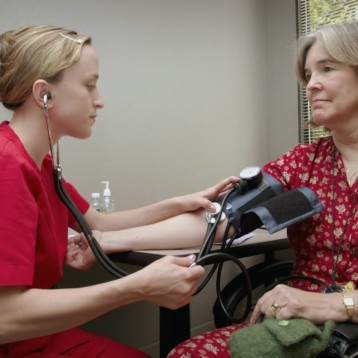Significant growth across the past five years has left equine agriculture largely untouched despite significant changes elsewhere in the agricultural sector. However, as profits here dropped as they did everywhere during the pandemic, more industry frontrunners than ever realized that even they need to adjust in order to survive.
While equine care essentials like horse stall kits and all-weather blankets are proof that some go-to solutions really can stand the test of time, this shift has therefore heralded an altogether more future-first equine outlook. Specifically, certain technological advancements are either in the pipeline or already being tested to simplify the management, oversight, and efficiency of equine agriculture overall. And, we’re going to consider a few of the most viable options here.

# 1 – 3D printing
3D printing has long been tested across the equine world to provide potentially life-saving splints and casts for even horses suffering from broken legs. A company in Australia has also developed 3D horseshoe printing technology that, in theory, stands to reduce the need for farrier services that can soon get costly across entire equine enterprises. Using handheld scanners to take accurate measurements, this technology has predominantly been used for the treatment of horses with foot problems so far. However, as this technology advances and the imaging possible here provides even better results than in-person farriers, there’s certainly a strong possibility that 3D printing will become a more regular feature of general practice. And, when it does, it stands to benefit both individuals working in the field, and the animals themselves thanks to significantly improved comfort.
# 2 – Saddle sensors
Sensors that simplify equine management through traceable analytics are also becoming fundamental for simplified processes and improvements concerning horse performance, health, and more. In fact, wearable sensors in everything from saddles to rider equipment is so valuable here that it’s already utilized by 80 companies across the industry. Voltaire’s smart saddle is a fantastic example of this technology in action, and connects directly to users’ phones to provide information regarding a horse’s rhythm, symmetry, and even time spent at each gait during a session. By reviewing this information and adjusting future rides accordingly, riders can then ensure better experiences for horses in general, as well as practices that best utilize the animal’s skills.
# 3 – Drone advancements.
Despite being utilized as a cost-effective way to monitor livestock in other agricultural sectors, the size, sound, and risks inherent in drone monitoring have yet to make their way into the equine world, if they ever do. However, there has been some success in the use of drones to better capture the movements of cantering or galloping horses in open spaces. The efficiency of this technique is especially set to find its footing from a medical standpoint, where it can be used to determine lameness or other such issues that may not be visible to the human eye.
Tech is taking the equine world by storm. Make sure you catch on to its reins before it gets away from you!








